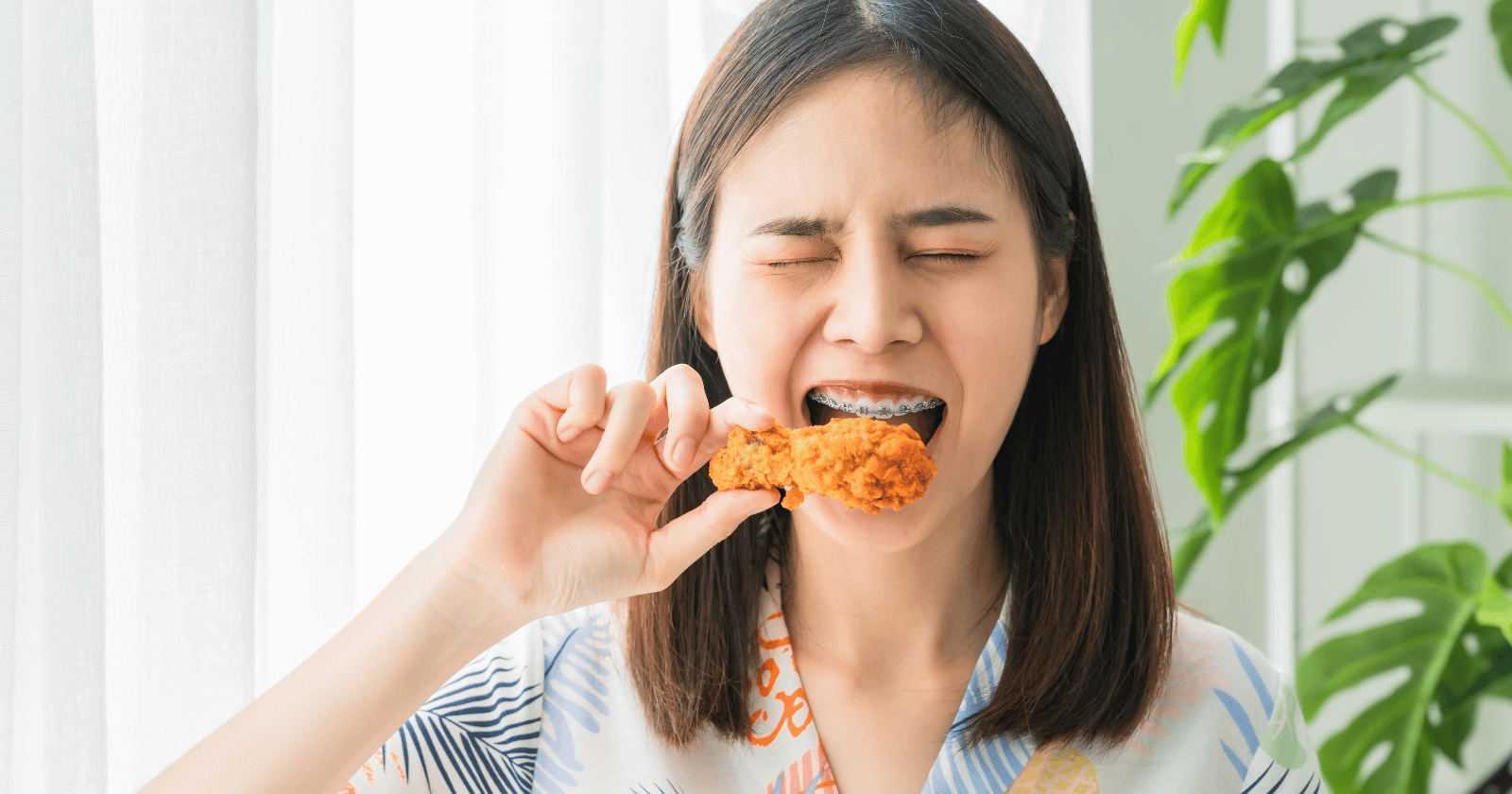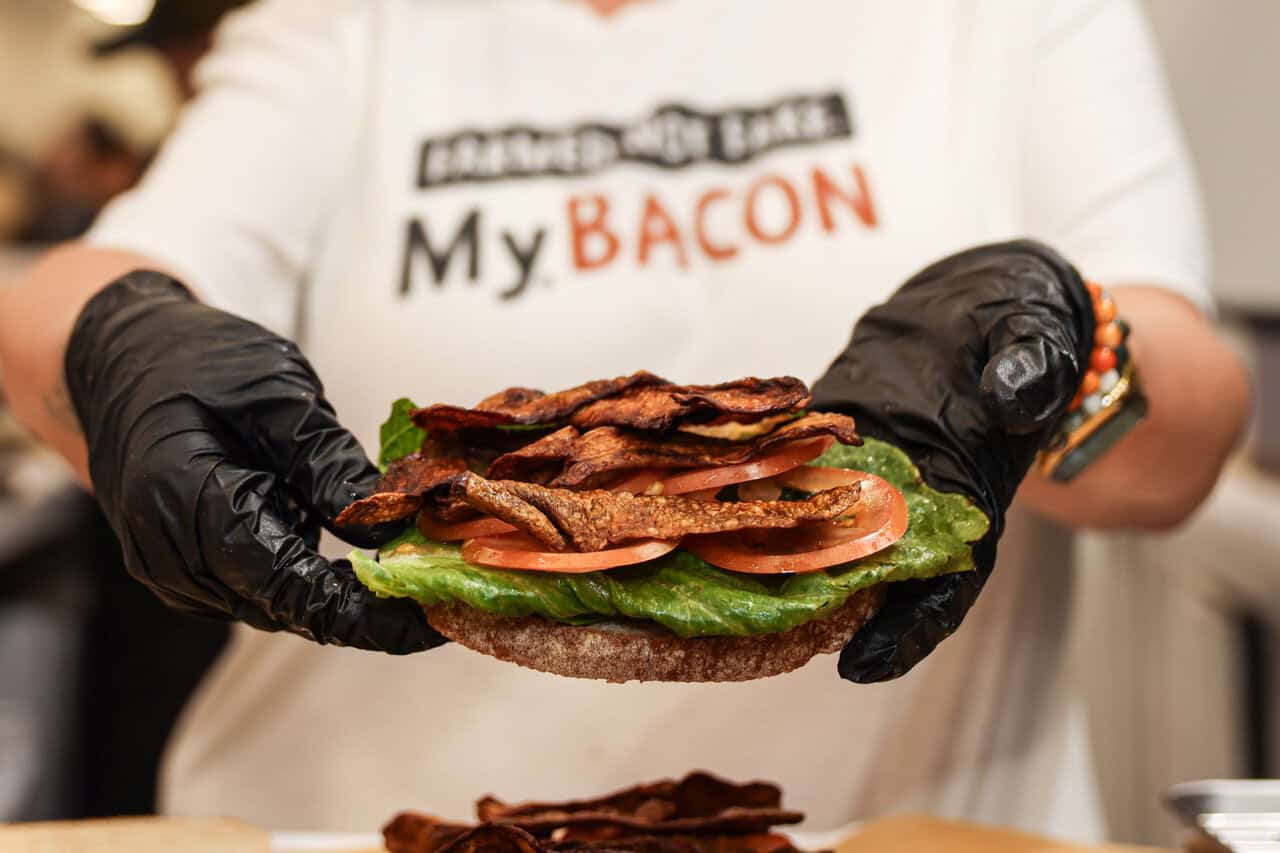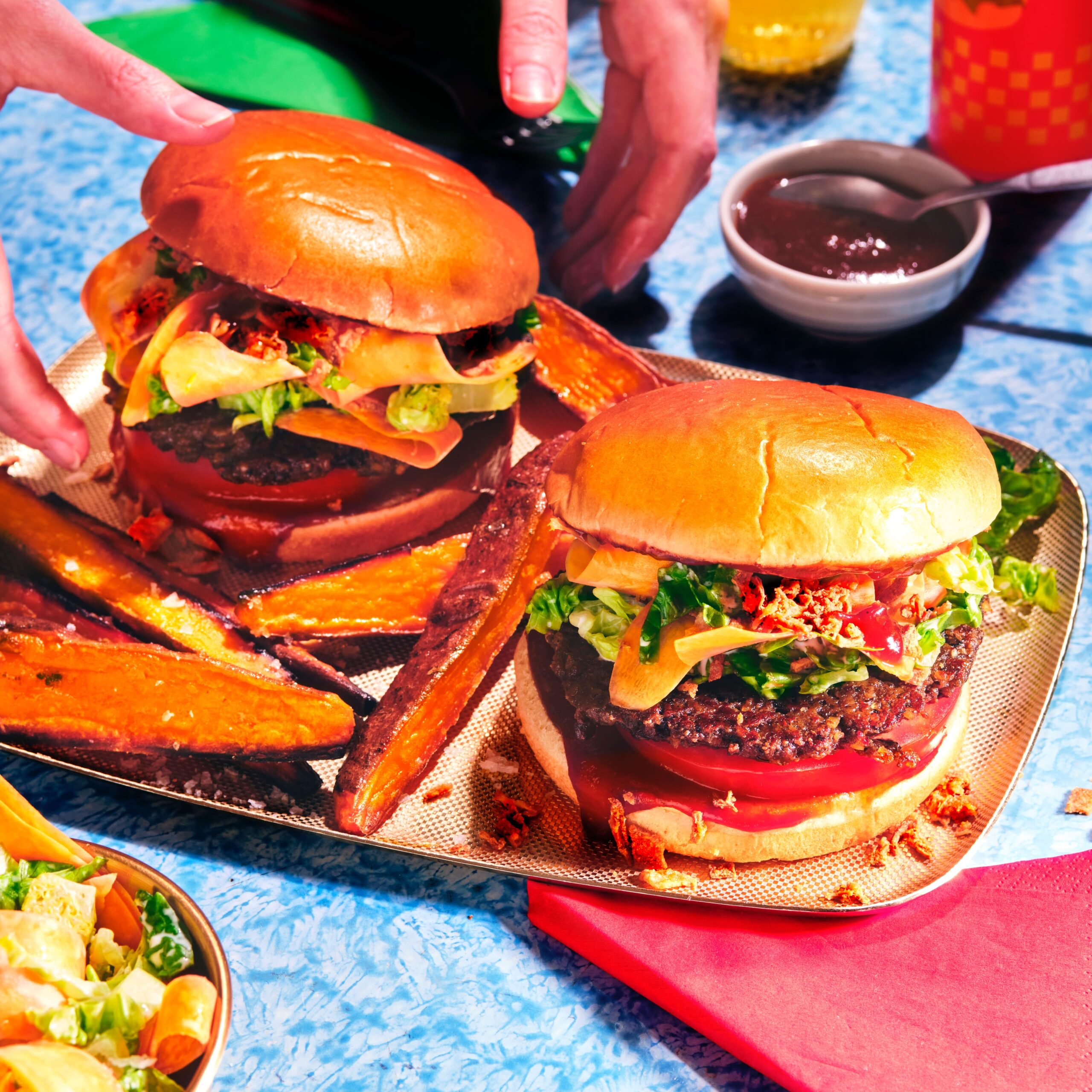Five minutes into pan-searing a strip of TiNDLE, I caught myself doing a double-take. The edges browned like thigh meat, the fibers “shredded” under my fork, and—most startling for someone who grew up on Sunday roasts—my apartment smelled exactly like fried-chicken night.
As an ex-financial analyst, I trust spreadsheets more than nostalgia, so I spent the next month logging every plant-based “bird” I could find, timing cook-downs, and making friends rate blind samples.
What began as a personal flavor experiment quickly morphed into a climate-health audit—and a reminder that the world’s favorite meat might also be the easiest to swap.
Why cracking the chicken code matters
Chicken now outranks beef and pork on dinner plates from Detroit to Dubai. Kuwait hovers around 51 kg (112 lb) of poultry per person each year, while U.S. eaters polished off roughly 99 lb in 2022 and are on track to hit 108 lb by 2033.
That appetite isn’t benign: conventional poultry still depends on soy and corn feed grown in regions losing about 4.7 million hectares of forest annually.
Life-cycle analyses show that plant-based meats shrink environmental burdens by up to 71 percent versus conventional chicken across land, water, and greenhouse-gas metrics.
There’s a public-health angle, too. By 2017 only 44 percent of U.S. broilers were raised entirely without antibiotics—meaning most flocks still receive routine meds that nudge drug-resistant bacteria along.
Swap even one chicken meal a week for a stellar plant-based version and you chip away at deforestation drivers, antibiotic resistance, and your household’s carbon tally, all without giving up the crispy edges or juicy pull that make chicken so comforting.
How food scientists reverse-engineer a bird out of beans
Texture first. High-moisture extrusion forces pea, soy, or faba-bean protein through hot-and-cold barrels, aligning plant fibers into muscle-like bundles. A splash of oil—coconut, avocado, or sunflower—adds juiciness; yeast extracts and amino acids supply browned aroma.
The 2025 wave of formulations I tested layer three big advances:
-
Macro-fibering for long strands that pull apart like breast meat.
-
Micro-shearing to create tiny tears so marinades soak in fast.
-
Clean-label binding—citrus fiber or seaweed gels instead of methylcellulose—so the ingredient list reads more like a pantry than a chem-lab.
The pay-off is a product that sears, shreds, and even leaves fond on a skillet—exactly what recipe developers dreamed of five years ago.
Six brands that fooled my palate
Below is a run-through of the standouts, in the order I’d restock them for my own kitchen. Instead of a data grid, think of this as a tasting flight you can visualize:
1. Beyond Chicken Pieces (Beyond Meat)
The reformulated unbreaded cubes launched at Kroger in May 2025. Made with avocado oil, each serving carries 21 g of protein and just 0.5 g saturated fat. Blind tasters called them “weekday rotisserie,” and I used them everywhere from veggie stir-fries to butter “chicken” curries without detection.
Pro tip: Because the pieces are unseasoned, a 10-minute miso-tahini marinade turns them into shawarma gold.
2. Daring Original Pieces
These pea-protein bites chew like dark meat and come pre-seasoned with a gentle smoke. Sunflower oil keeps the interior juicy without greasiness, so taco night suddenly felt authentically “thigh.”
Cook note: High-heat sear for color, then finish covered for two minutes to avoid dryness.
3. TiNDLE Filets
Singapore-born TiNDLE owes its uncanny aroma to Lipi™, a proprietary blend of plant fats that mimic chicken schmaltz. Grilled over charcoal, the filets pulled into silky strands that insisted on being drenched in barbecue sauce.
Outdoor grilling hack: Brush with maple-soy glaze in the final 60 seconds for crispy edges.
4. Impossible Chicken Nuggets
These breaded classics taste like every mall-food-court nugget you grew up on but clock 60 percent less saturated fat than their animal counterparts. Wheat-flour crust means they stay crisp even in a toaster oven.
Kid test: Five-year-old niece asked, “Why are they shaped different?”—not “Is this meat?”
5. SIMULATE NUGGS (v2.0-plus)
Tech-startup swagger meets dino-shaped fun. Version 2.x swapped canola for algae-derived oil to boost omega-3s, giving a juicy interior that survived air-fryer reheats. Their irreverent changelog reads like gaming patch notes, which somehow makes frozen nuggets feel cool again.
Serving idea: Toss in gochujang-maple sauce for late-night snacks that beat takeout.
6. THIS Isn’t Chicken Goujons
U.K. pub-style tenders with a crackly coating and no methylcellulose binder. Made from soy-pea protein, they lean indulgent—perfect for panko cravings with chip-shop vinegar on the side.
Best use: Slice over a big salad in place of breaded schnitzel.
Step-by-step: make plant-based chicken crave-worthy at home
-
Shop smart (5 min). Hunt for short ingredient lists (<15 items), at least 15 g protein per serving, and oils you can pronounce.
-
Thaw gently (30 min). Refrigerator thaw or sealed-bag cold-water bath beats microwave hot spots every time.
-
Season like meat (10 min). A quick brine of tamari, miso, and smoked paprika boosts umami the way a salt-sugar brine does for poultry.
-
Sear hard, finish low (8 min). Brown first in an air fryer or cast-iron at 200 °C, then cover and cook through on low heat.
-
Let it rest (3 min). Cooling allows plant fibers to re-absorb steam, preventing the rubbery chew some people complain about.
-
Pair for nutrition. Vitamin-C-rich sides (citrus-dressed greens, roasted peppers) triple plant-iron absorption; complex carbs steady blood sugar.
Macro impact of a micro habit
If every U.S. household swapped a single weekly chicken dinner for a top-tier plant-based option, annual broiler demand would fall by roughly 1.4 million metric tons, sparing cropland the size of Delaware and cutting about 4 million metric tons of CO₂-equivalent emissions, based on the 71 percent differential documented in recent LCAs
The market is racing to meet that opportunity: Future Market Insights pegs plant-based chicken sales at USD 3.2 billion in 2025, soaring to USD 17.2 billion by 2035 at an 18 percent CAGR.
Public-health wins ride shotgun. Because a majority of broilers still receive medically important antibiotics, trimming demand helps slow resistance creep that endangers human medicine. Meanwhile, forest-loss pressure eases as feed-crop demand relaxes, inching us toward the FAO’s net-loss decline goals.
Cost check and kitchen math
Sticker shock is fading fast. A 10-oz bag of Beyond Pieces averaged USD 6.49 on UAE grocery receipts—only about USD 0.30 more per serving than organic boneless chicken locally.
Factoring the tools you don’t need (separate cutting boards, meat thermometers) and the meals saved from bacterial mishaps, my spreadsheet logged a 14 percent overall food-budget drop over eight weeks of partial chicken swaps.
Troubleshooting common flavor fails
-
Oversaucing early. Acidic marinades BEFORE browning mute Maillard reactions. Sear first, glaze last.
-
Cutting too soon. Plant fibers seize if sliced hot—exactly like meat. Three-minute rest is non-negotiable.
-
Smoking the oil. Burnt coconut notes overpower delicate flavor compounds. Keep surface temps under 210 °C.
-
Freezer burn. Older product loses internal fat; buy in small quantities or vacuum-seal.
The joyful upshot
The biggest surprise of this month-long audit wasn’t that beans, peas, and wheat can impersonate a bird—it was how quickly my dinner guests stopped asking “Is this real?” Once the craving box is checked, conversations shift to sauce riffs, spice blends, and hometown barbecue lore.
Will we see a future where plant-based chicken claims more grill space than broilers? Growth curves suggest it’s plausible. But adoption always begins one sizzling skillet at a time in home kitchens willing to test, tweak, and season boldly.
So pick up a protein that grew in a field, not on a factory farm, and give tomorrow’s comfort food a test-drive tonight. Your taste buds—and the planet—won’t miss the bird.



